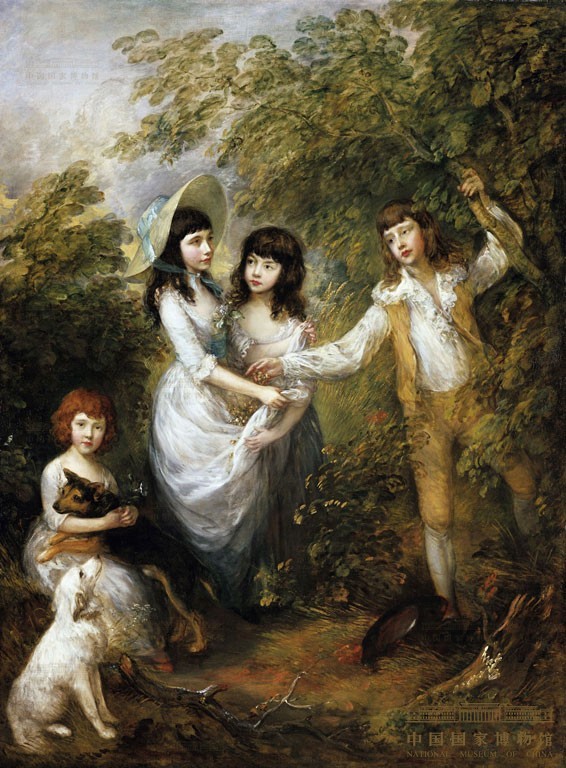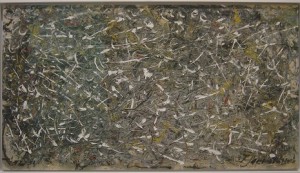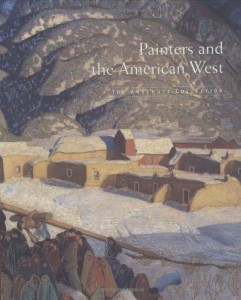On Saturday, The Art of the Enlightenment exhibition closed in Beijing. How did it do?
Organized by by the Staatliche Museen zu Berlin, the Staatliche Kunstsammlungen Dresden, and the Bayerische Staatsgemäldesammlungen München Collections, along with the National Museum of China, where it has been on view for a yeaer, the exhibition featured “artworks in which the central ideas of the Enlightenment are visible, their influence on the visual arts, and the impact they have had on the artistic revolutions of the 18th century until the present.” It covered all the art, from painting and sculptures to graphics and craft, fashion and scientific instruments. Among the artists represented were  Friedrich, Gainsborough (his Marsham Children is below), Goya, Greuze, Hogarth, Houdon, Kauffmann, Piranesi, Raeburn, and Watteau.
 It was hailed as an event, a show that would reveal to the Chinese the cultural values of the Enlightenment. That role took on added weight, and baggage, when the Chinese imprisoned artist Ai Weiwei last year. Some people, if I recall correctly, even suggested pulling the show from the Chinese museum.
It was hailed as an event, a show that would reveal to the Chinese the cultural values of the Enlightenment. That role took on added weight, and baggage, when the Chinese imprisoned artist Ai Weiwei last year. Some people, if I recall correctly, even suggested pulling the show from the Chinese museum.
So I was more than curious to check out the attendance, which the German museums on Mar. 23 said had exceeded 450,000 — not bad, except that that was over an entire year. The Germans nonetheless pretty much declared it a success;Â Michael Eissenhauer, Director General of the Berlin museum, said in a statement, “I am particularly pleased about the positive reactions from visitors who have been fascinated by and have thought intensively about the works.”
There are no Beijing museums on The Art Newspaper’s just-published Exhibition and Museum attendance list. But the Shanghai Museum is there, and it offers a comparison. Nearly 611,300 people attended a Maori treasures show that ran from July 21 to Nov. 6, about three months. More than 349,000 visited a show called Alexandre Perrier: Mountains and Lakes that ran from Sept. 21 to Nov. 27, about two months.
Cornelia Pieper, Germany’s Minister of State in the Foreign Office, and Zhao Shaohua, Deputy Minister of Culture for the People’s Republic of China, marked the official conclusion of the exhibition in a ceremony on Mar. 25 that also began the last in a series of five dialogues on the topic.
Meantime, I checked China Daily, the state English-language newspaper, for coverage — but found none, at least in the U.S. edition. Â The last mention I could find was in late February, when a story headlined “Ties Bind China and Germany” talked about a year of cultural exchange and mentioned the show in passing.
All in all, I’d therefore guess that some Chinese people in Beijing stayed away from the Enlightenment show, perhaps for political reasons. But here’s the good news: the exhibition website provides much information about the Enlightenment, in English, German and Mandarin, and there’s no telling how many people visited that.
 Photo Credit: Courtesy of the Staatliche Museen zu Berlin




